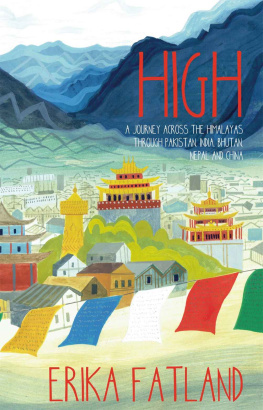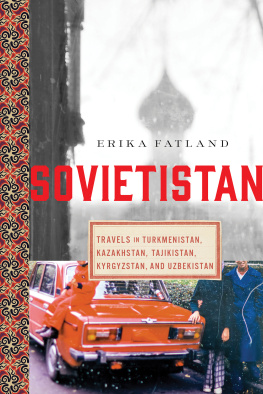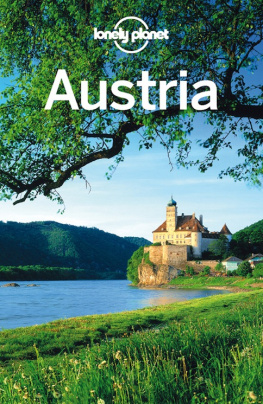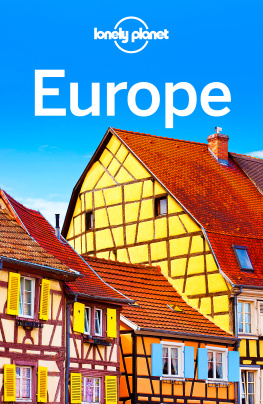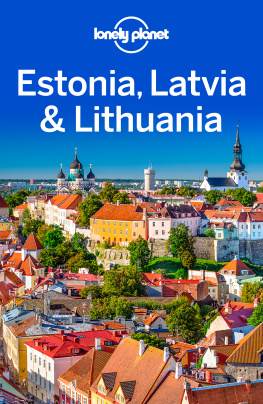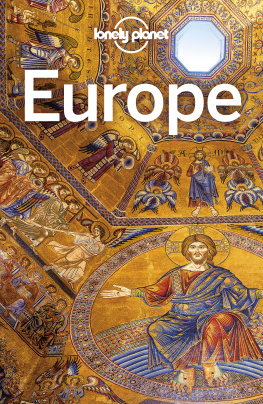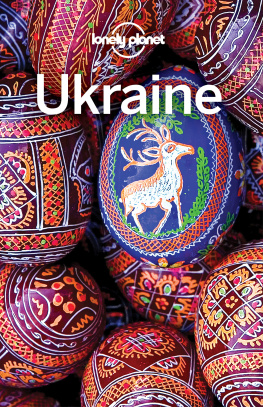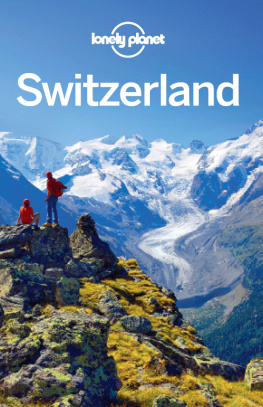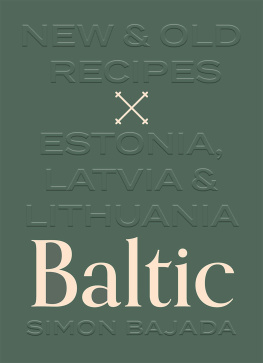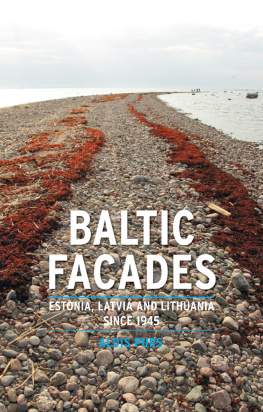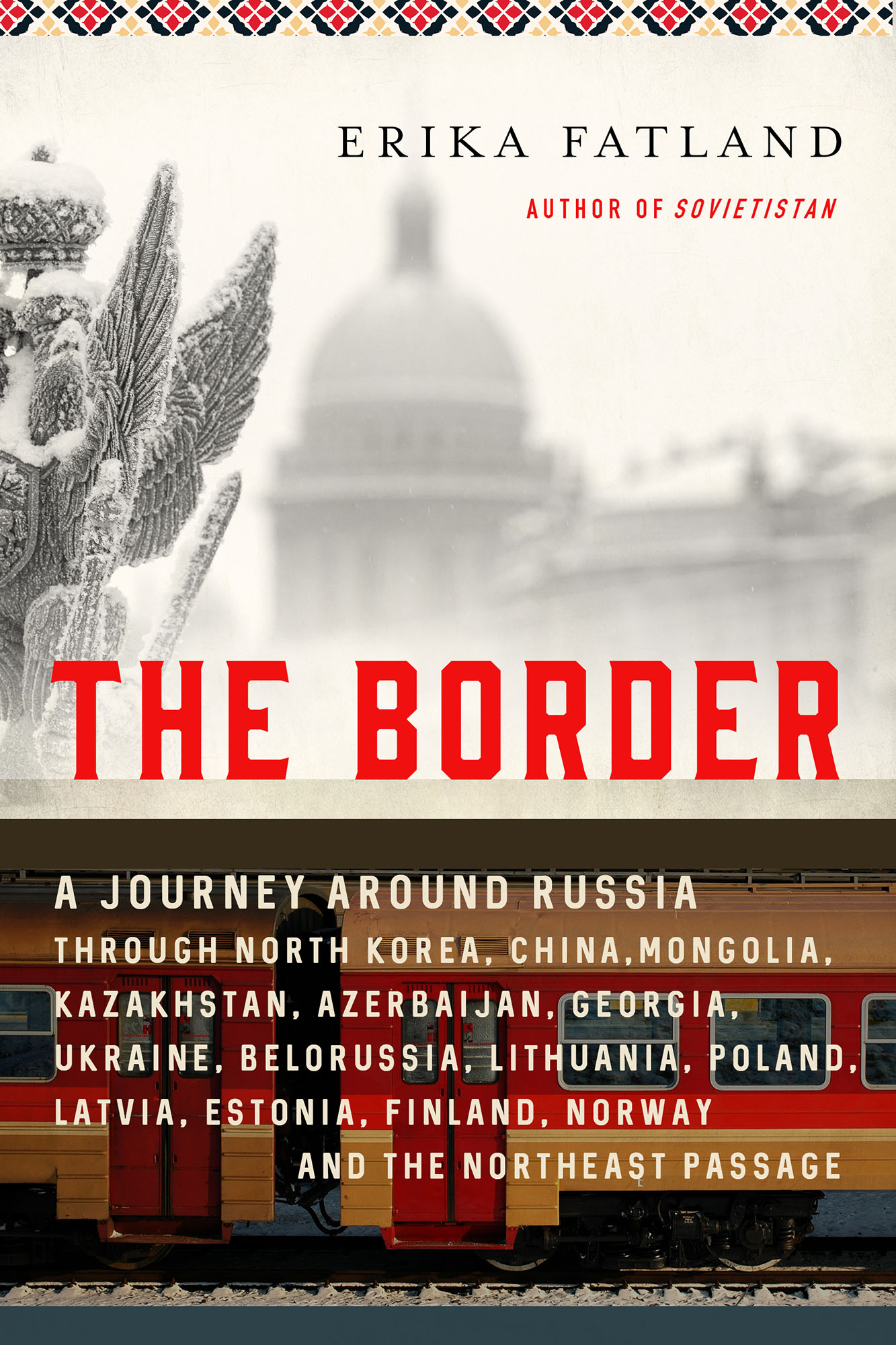CONTENTS
Guide
Also by Erika Fatland in English translation
Sovietistan: A Journey through Turkmenistan, Kazakhstan, Tajikistan, Kyrgyzstan and Uzbekistan (2019)
THE BORDER
Pegasus Books, Ltd.
148 West 37th Street, 13th Floor
New York, NY 10018
Copyright 2017 Kagge Forlag AS
English translation copyright 2020 by Kari Dickson
Maps Kagge Forlag
Photographs Erika Fatland
First Pegasus Books cloth edition February 2021
All rights reserved. No part of this book may be reproduced in whole or in part without written permission from the publisher, except by reviewers who may quote brief excerpts in connection with a review in a newspaper, magazine, or electronic publication; nor may any part of this book be reproduced, stored in a retrieval system, or transmitted in any form or by any means electronic, mechanical, photocopying, recording, or other, without written permission from the publisher.
ISBN: 978-1-64313-656-1
Ebook ISBN: 978-1-64313-657-8
Distributed by Simon & Schuster
www.pegasusbooks.com
PLACE NAMES
Many of the place names in the book have been transcribed from other alphabets. The names and spellings used in the book are those that are most commonly used in English. This has been done for the sake of familiarity and readability, and has no political connotations whatsoever.
For my mother, who gave me wings
LIST OF ILLUSTRATIONS
PLATE SECTION 1
Northeast Passage
- Polar explorers are more frail these days, and the Northeast Passage is no longer what it was.
- Cape Dezhnev, the most easterly point of the Eurasian continent.
- A reminder of the Soviet Unions ambitious plans for the most northern sea route.
North Korea
- Pyongyang: pastel colours only partially disguise the bleakness of a dictatorship that, like the pollution, blankets the city.
- Chongjin: poverty is more visible in the north than in the capital. This picture was taken surreptitiously.
- Mass dancing on Kim II-Sung Square on September 9, North Koreas national day.
- A soldier guards the entrance to the North Korean side of the border barracks in the so-called demilitarised zone.
- The more peaceful border with Russia. A shallow river is all that separates the two worlds.
- The metro in Pyongyang is not long either, but it runs on time and has some beautiful public art.
- The hut at the foot of Mount Paektu where Kim Jong-il was supposedly born in 1942. In fact he was born Yury Irsenovich Kim in a village close to Khabarovsk in the Soviet Union, in 1941.
China
- Harbin was known as the Orients Moscow. St Sophias Church, which miraculously survived the Cultural Revolution, is now a museum.
- The influx of Russian day trippers has been slowed by sanctions and the financial crisis. The shopping malls of Heihe are empty.
- China has invested one trillion dollars in building the new Silk Road, which consists of several modern communication routes between China and countries to the west.
Mongolia
- Yurts have not changed for centuries, though the means of transport and power supply are very definitely twenty-first century.
- Aragalan Tsagaach lives with his reindeer herd all year round. His family fled from the Soviet Union to Mongolia in the 1950s.
- The mysterious Deer Stones from the Bronze Age are a reminder of how little we know about people from that time.
- Mongolian throat singer Dashdorj Tserendavaa gave us an unforgettable, intimate concert in his yurt.
- The sprawling ger districts around Ulan Bator expand by many yurts a day.
- Genghis Khan may have been a small man, but the monument that honours him is unquestionably based on the scale of his achievements.
- The Buddhist monastery in Kharkhorin: this was the site of Karakorum, the Mongolian capital.
PLATE SECTION 2
Kazakhstan
- Paradise on earth: Roma hopes that the whole world will one day come to Poporechnoye in the Altai mountains.
- After months inland, the briny breeze of the Caspian Sea was almost intoxicating.
- My visit to the cosmodrome in Baikonur had been agreed months in advance, but this was as close as I got to seeing a rocket.
Caucasus
- The flame at Ateshgah Temple outside Baku burns eternally.
- The many faces of war, from dismal border crossings to bombed blocks of flats. Dato Vanishvili woke up one morning to find himself in another country.
- Gori: the modest dwelling where Stalin spent his early years is now housed inside a somewhat less modest building.
- Georgia is still a wonderland, as it was in Hamsuns day.
- The Gergeti Monastery in Stepantsminda on an exceptionally clear and beautiful evening.
Ukraine
- The victims of war are ever-present in Kiev.
- In a panic, I deleted all my photographs from Donetsk as I approached the Belarusian border. This picture of me with Vladimir, a professor of history who retrained as a tank driver when the war broke out, is the only memory I have from there. ( Christopher Nunn)
- Holodomor: the famine in Ukraine in 19323 was devastating. Bare millstones surround this hungry little girl, who clutches a precious ear of corn.
- The Chernobyl disaster as a tourist attraction: the physical remains of the catastrophe should not be touched.
Belarus
- Lenin still stands on his pedestal in front of the parliament building in Minsk, but the square has been renamed Independence Square.
- Head of state on a minimum pension: Stanislav Shushkevic told me about his role in the dissolution of the Soviet Union.
- Maia Levina-Karpina, one of the few survivors of the Germans grotesque extermination of the Jewish population in the Minsk ghetto.
The Baltics
- The land around Nida on the Curonian Spit has passed through the hands of many nations.
- Narva lies so close to the border that you can see Russia on the other side of the river.
- The Lgatne Bunker in Latvia. In the event of a nuclear war, the surviving leaders were expected to talk on a number of different telephones.
- The monument to the Singing Revolution in Tallinn.
Finland & Norway
- The symbolic Three-Country Cairn, where Norway, Finland and Russia meet. Walking around the cairn is prohibited.
- The Finnish border guards keep an eye on their neighbours to the east from impressive watchtowers.
- In summer 1969, Soviet tank guns on the far side of this bridge were aimed at Norwegian border troops for four nerve-racking days, until they disappeared as suddenly as they had appeared.
THE OCEAN
Human beings have an irrepressible need to explore all parts of the world
Fridtjof Nansen
Map of Russias Coast

Arctic Summer
Cape Dezhnev is the easternmost point of the Eurasian continent. It is 8,500 kilometres from Moscow, more than 6,500 kilometres from New York, and less than 90 kilometres from Cape Prince of Wales in Alaska, on the other side of the Bering Strait.
I climbed up the rocky hill to the small lighthouse. It looked so indescribably lonely standing as it did, surrounded by steep green slopes and precipitous cliffs. I turned and looked out at the grey ocean. Here, right here, is where Asia and mighty Russia end. On the front of the lighthouse, facing out over the strait, is a bronze plaque commemorating Semyon Dezhnev. The Cossack explorer and tax collector sailed across the Bering Strait in 1648, a feat that was repeated eighty years later by the Danish naval officer Vitus Bering. By then everyone had forgotten Dezhnev, and the account of his journey was gathering dust in an archive in Yakutsk, more than five thousand kilometres east of Moscow. The Russian Empire was so vast that even the tsar was not sure where it ended, and no-one had an overview of former explorers discoveries.


